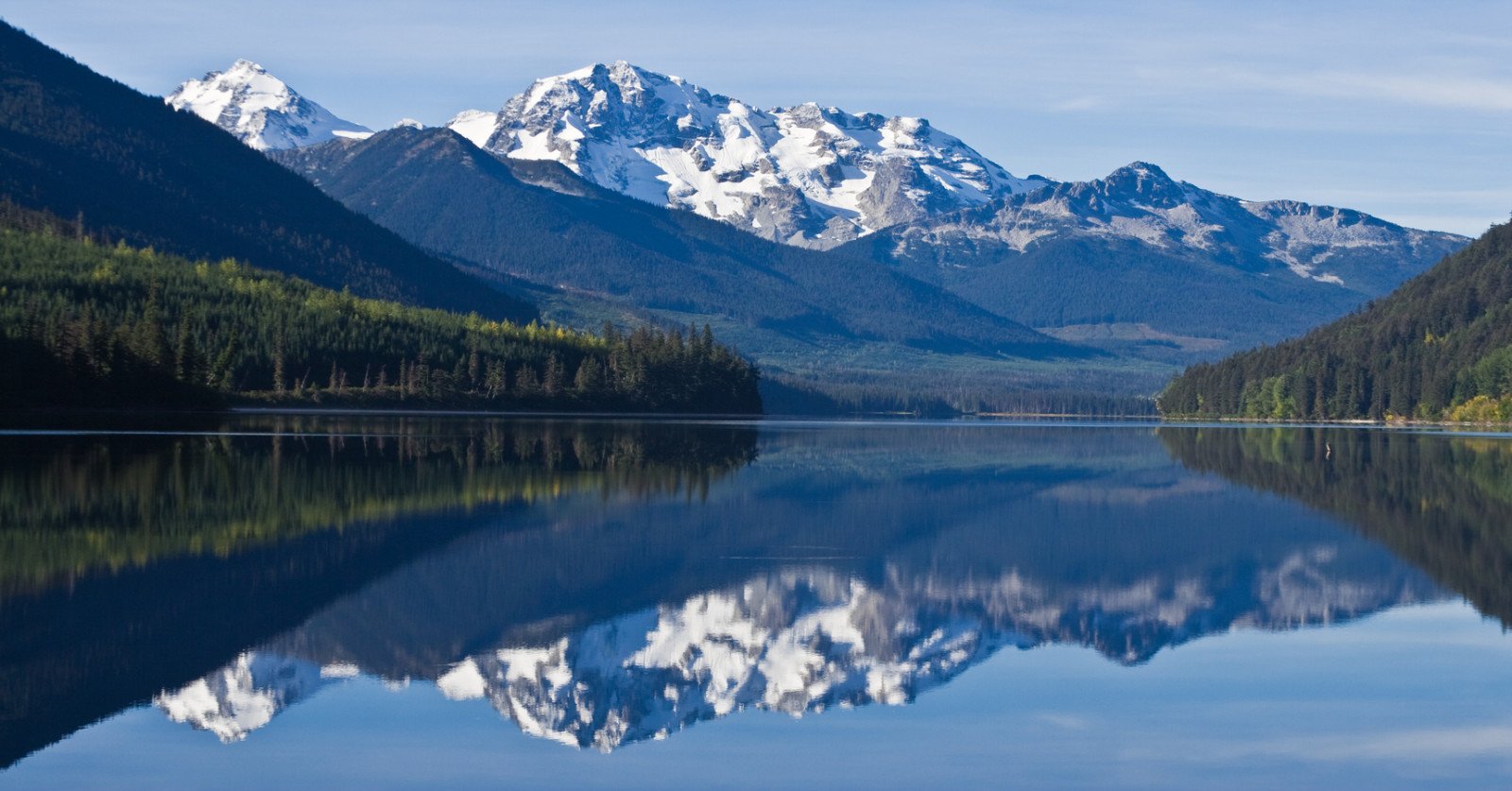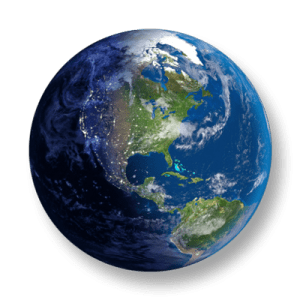
Overview
Electrical energy is a huge part of our lives, at home and at school. So where exactly does our electricity come from? How is it connected to nature? And, why is it important that we use it wisely?
Instructions
What you'll need
- Computer, projector and screen
- “Plug into nature” handout for each group
- “Plug into nature” slideshow
- Get students into small groups to brainstorm ways they use electricity (or electrical energy) every day. Share ideas.
- We know that energy can’t be created or destroyed, so where does our electricity come from? Give each group the “Plug into nature” handout and have them arrange the five statements in order to tell the story of how electricity makes it way to us.
- Now show the “Plug into nature” slideshow and give groups time to re-order their statements if they need to. See Teaching notes for a description of the path of electricity.
- With the watershed image up on the screen, let’s discuss:
- How is using electricity connected to the environment?
- Why is it important to not waste electricity?
- What can we do to use less electricity?
- Have students write a journal entry including a nature drawing and an explanation in their own words of why it’s important to conserve electricity.
Modify or extend this activity
- Create mind maps about how energy use is connected to the environment.
- Check out the "Water on the move" activity to learn more about how the water that generates electricity in B.C. connects us all.
Curriculum Fit
Grade 4 Science
Content
- Energy has various forms
Curricular competencies
Questioning and predicting
- Demonstrate curiosity about the natural world
Evaluating
- Identify some simple environmental implications of theirs and others’ actions
Assessments
- Assess students’ ability to work together in small groups.
- Assess student participation and communication in class discussions.
- Assess student understanding of the environmental implications of using electricity.
Teaching Notes
The path of electricity
The path of hydroelectricity starts with rain and snow falling to the earth. A hydroelectric dam collects water that has run off mountains (melting snow and ice) and rainwater in a reservoir. The water is channelled through the dam by large pipes, called penstocks, to turbines. The energy of the falling water is used to turn the turbines, which generates electricity.
The electricity travels long distances over high-voltage wires called transmission lines. When transmission lines get close to a town or city, they go into substations. The electricity is then sent along the power lines we see in our communities.
Power lines are sometimes buried underground but often suspended by power poles to distribute the electricity to your neighbourhood. The grey cylinders on power poles are transformers that reduce the voltage so the electricity is safe to be sent into homes, schools and businesses. Pad-mounted transformers, the locked metal boxes you see on some street corners, are used in those areas where the power lines run underground.
Meters measure the amount of electricity that passes through them and into buildings. The electricity flows through wires to electrical outlets so we can use it to power lights, computers, devices, appliances and machines.
Energy connections to nature
We use energy every day to cook our food, heat our homes, fuel our cars, and power our lights and computers. All of the energy we use ultimately comes from the sun and earth (coal, oil, natural gas, solar, water, wind). It’s important for students to understand that our energy use affects the environment.
Fossil fuels (coal, oil and natural gas) come from underground and were formed a long time ago from the fossilized remains of plants and animals. Fossil fuels are known as non-renewable energy sources because they take millions of years to form. The burning of fossil fuels (coal, oil and natural gas) creates greenhouses gases that contribute to global warming and in turn, climate change.
In B.C., the majority of our electricity is made using the power of moving water (hydroelectricity) because large fast-moving rivers are abundant in our province. Other renewable sources of energy include the sun, the wind and geothermal sources from underground. These energy sources have less of an impact on the environment than non-renewable sources.






